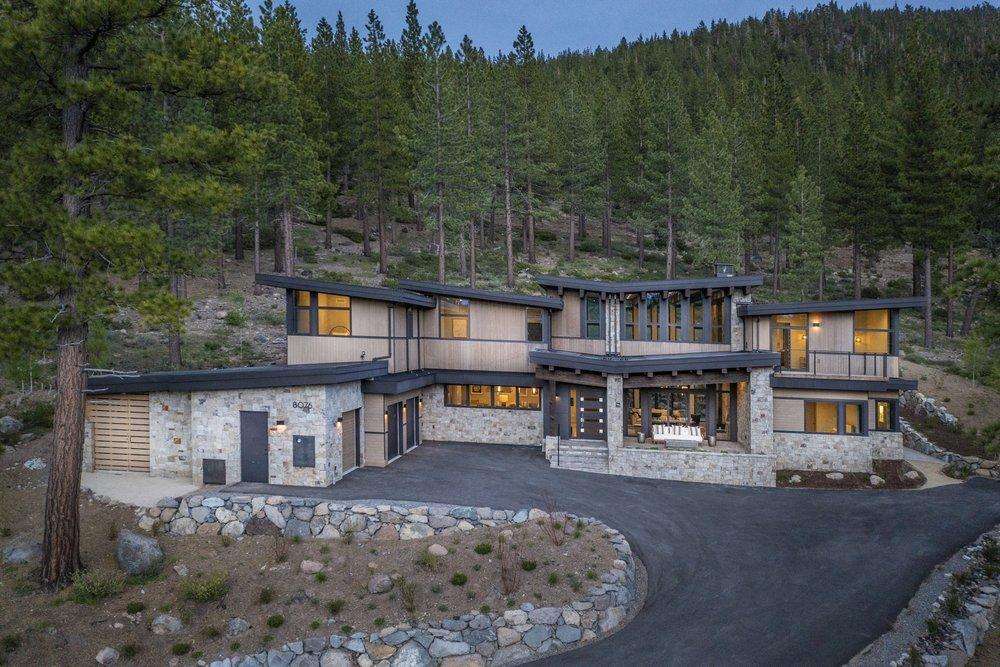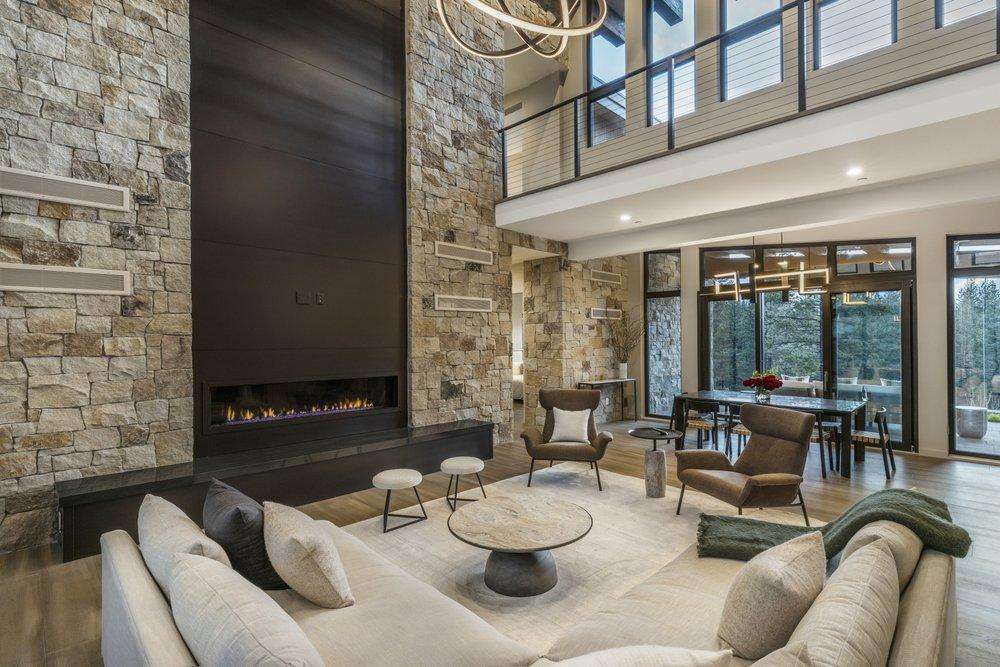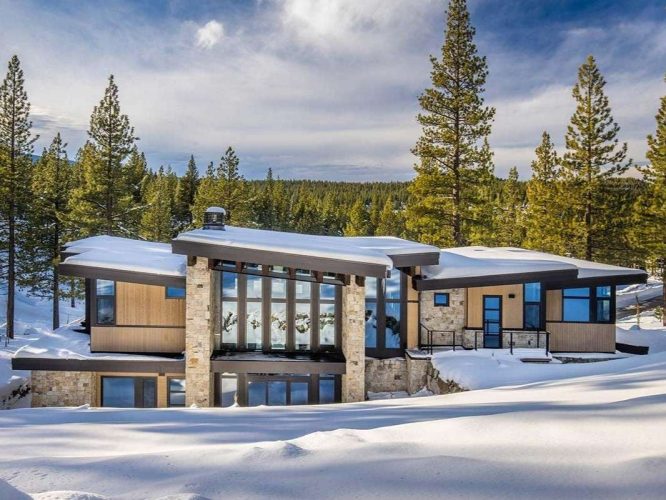Design flexibility and construction options have come a long way in modular home construction. The modular approach has emerged as a leading solution for homeowners seeking efficiency, cost savings, and customization. Unlike traditional construction methods, modular homes offer a streamlined building process that maximizes quality while minimizing time and expense. This guide delves into the benefits, costs, and design flexibility of modular home construction, providing insights to help you decide if this innovative approach is right for you.
What Is Modular Home Construction?
Modular home construction involves building sections, or modules, of a home in a factory-controlled environment. These modules are then transported to the construction site and assembled on a permanent foundation. Unlike mobile homes, modular homes are permanent structures built to the same or higher standards as traditional homes. They can range from single-story residences to multi-level designs and are fully customizable to meet individual needs.
The Benefits of Modular Home Construction
Speed of Construction
One of the most significant advantages of modular construction is the reduced timeline. Traditional home construction can take several months or even years, depending on weather conditions, labor availability, and other variables. Modular homes, on the other hand, are built indoors, allowing construction to proceed without weather-related delays. The factory construction process can be completed in a matter of weeks, with on-site assembly taking only a few additional weeks. Foundation construction happens parallel to factory framing providing an expedited and efficient construction process.
Cost Efficiency
Modular construction is typically more cost-effective than traditional building methods. The controlled factory environment reduces material waste, which can account for a significant portion of traditional construction costs. Additionally, the shorter construction timeline lowers labor costs, as fewer workers are needed for a shorter duration. Bulk purchasing of materials by modular home manufacturers also translates to savings for homeowners.
Quality and Durability
Factory-controlled environments ensure that every module is built to precise specifications, using standardized processes that minimize errors. Modular homes are designed to withstand the rigors of transportation, often making them sturdier than site-built homes. Quality control inspections at each stage of production further guarantee a high standard of workmanship.
Environmental Sustainability
Modular construction is inherently more sustainable than traditional methods. Factory-built homes produce less material waste, and the waste that is generated can often be recycled. The energy-efficient designs and materials commonly used in modular homes also reduce energy consumption, leading to long-term environmental and financial benefits.
Flexibility in Location
Modular homes can be placed in various locations, from urban infill lots to remote rural areas. As long as the site meets zoning requirements and has a prepared foundation, a modular home can be assembled quickly and efficiently.
Understanding the Costs of Modular Home Construction
While modular homes are generally more affordable than traditional homes, it’s essential to understand the costs involved to make an informed decision. Here’s a breakdown of the main cost factors:
1. Base Price
The base price of a modular home typically includes the cost of materials and factory construction. Depending on the size, design, and finishes, prices can vary, but are significantly lower than the cost per square foot for traditional homes.
2. Site Preparation and Foundation
Before the modules are delivered, the construction site must be prepared. This includes land clearing, grading, and laying the foundation. The cost for these activities varies based on location, soil conditions, and the type of foundation (e.g., slab, crawl space, or basement). Site preparation can add to the overall budget.
3. Transportation and Assembly
Transporting the modules to the site and assembling them on the foundation incurs additional costs. These expenses depend on the distance from the factory, the size of the modules, and the complexity of the assembly.
4. Customization and Upgrades
While modular homes are cost-efficient, customization and premium finishes can increase costs. Adding high-end cabinetry, flooring, appliances, or unique architectural features can raise the price significantly. It’s important to prioritize upgrades that align with your budget and lifestyle.
5. Permits and Utilities
Like any home, modular homes require building permits, which vary by location. Connecting utilities such as water, electricity, and sewage also incurs costs.
6. Total Cost Estimate
In total, the cost of a modular home, including all associated expenses, can vary depending on size, location, and customization but are generally 10-20% less than the cost of a comparable traditionally built home.


The Martis Camp Residence is a modular custom single family home in Truckee, CA. The 5,500 square foot two-story home was a combination of site- and factory-built residence over a stem wall foundation. Project details >>
Design Flexibility: Customizing Your Modular Home
One of the most compelling aspects of modular home construction is the ability to customize designs to meet your unique needs. Here are some ways you can tailor your modular home:
1. Floor Plans
Modular homes offer a wide range of floor plans, from compact two-bedroom layouts to expansive multi-story designs. Many manufacturers provide standard plans that can be modified or the option to create a custom plan from scratch.
2. Exterior Finishes
The exterior of a modular home can be tailored to blend seamlessly with its surroundings. Options include siding materials such as vinyl, wood, or stone, as well as customizable roof styles and colors.
3. Interior Features
From open-concept living spaces to private home offices, modular homes can be designed to accommodate various lifestyles. Choose from a variety of flooring materials, cabinetry, countertops, and lighting fixtures to create a personalized interior.
4. Energy Efficiency Options
Many modular home builders offer energy-efficient features such as high-performance windows, advanced insulation, and solar panel systems. These options not only reduce utility bills but also contribute to environmental sustainability.
5. Add-Ons and Expansions
Modular homes are inherently flexible, allowing for future additions or modifications. Whether you want to add a garage, a deck, or an extra room, modular construction makes expansions straightforward and cost-effective.
Comparing Modular Homes to Traditional Construction
To better understand the advantages of modular homes, let’s compare them to traditional construction across key criteria:
| Criteria | Modular Homes | Traditional Construction |
|---|---|---|
| Construction Timeline | 4-8 months | 6-12 months |
| Cost | Lower overall cost | Higher overall cost |
| Quality Control | Factory-controlled processes | On-site variability |
| Customization | Extensive options available | Unlimited but at a higher cost |
| Environmental Impact | Minimal waste, energy-efficient designs | Higher waste, depends on builder practices |
| Durability | Built to withstand transportation stresses | Depends on builder’s expertise |
Is Modular Home Construction Right for You?
Modular home construction is ideal for project owners seeking customizable, high-quality construction that maximizes project budgets. It’s particularly advantageous for:
- Custom Home Projects: Flexibility in design options has undergone monumental leaps in recent years making modular home construction an option for custom home projects.
- Eco-Conscious Buyers: Energy-efficient designs and sustainable building practices align with environmentally friendly values.
- Remote Building Sites: The ability to build in controlled environments and transport homes to remote locations makes modular construction a practical choice.
- Maximizing Project Budgets: Controlled factory environments reduce construction timelines lowering labor and material, which can account for a significant portion of traditional construction costs.
Conclusion
Modular home construction offers an innovative alternative to traditional building methods, combining speed, cost savings, and design flexibility without compromising quality. Whether you’re looking to build your dream home or invest in a sustainable housing solution, modular construction is a smart and efficient choice. By understanding the benefits, costs, and customization options, you can evaluate whether modular construction fits your project.



